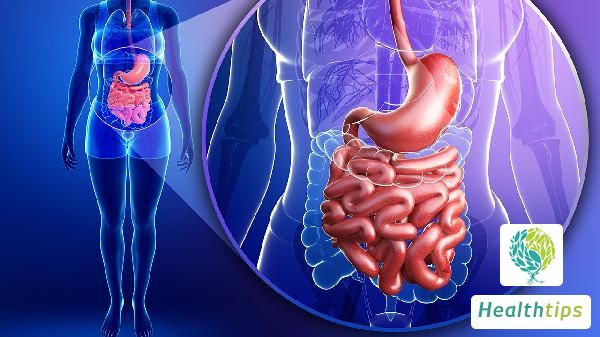"Does bone spur cause pain when pressed?"
Update Date:
Source: Network
Bone hyperplasia may or may not cause pain when pressed. Bone hyperplasia is a bony outgrowth formed at the edge of normal bones, and its formation is related to various factors such as age, weight, and genetics.
1. Painful:
Patients with bone hyperplasia may experience pain when pressed, primarily because the protruding area of bone hyperplasia stimulates local soft tissue upon compression, leading to pain. If the bone hyperplasia compresses a nerve, it can also cause pain upon compression.2. Painless:
Some patients have small bone hyperplasia that does not compress surrounding tissues, so pressing on it may not cause pain. Additionally, if the patient has other diseases, such as arthritis or rheumatoid arthritis, pressing on the affected area may also not elicit pain.Management:
For patients with bone hyperplasia without significant discomfort, no specific treatment is typically required. However, if significant pain occurs, prompt medical attention is advised, and non-steroidal anti-inflammatory drugs (NSAIDs) such as diclofenac sodium sustained-release tablets or celecoxib capsules may be prescribed under a doctor's guidance. In severe cases, surgical intervention may be necessary.



















